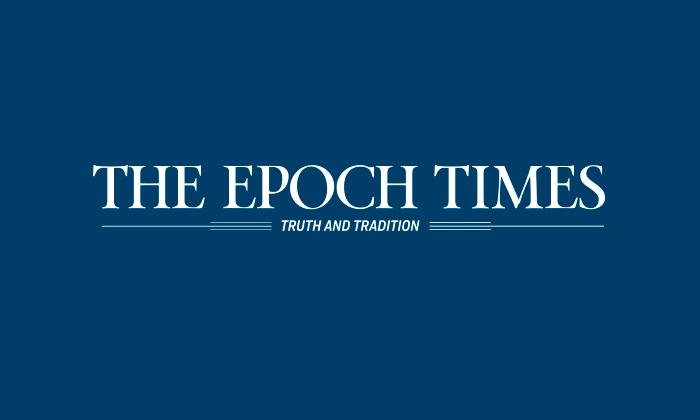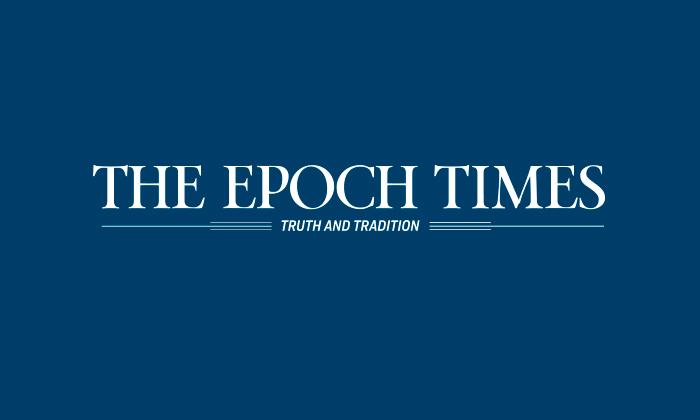For anyone who watched the second impeachment trial for former President Donald Trump, there was a theme that was echoed throughout the duration of the trial. These questions centered on what Trump was doing up to, during, and after the riot on Jan. 6, 2021. The House impeachment managers repeatedly asked “Where was Trump?” and “Why didn’t Trump do anything?”
So, let’s consider that. Why didn’t Trump march troops into the Capitol Building to quell the riot? It should be noted at the outset that this is a loaded question. The question itself assumes that Trump is the one responsible for security at the Capitol and/or should be the person to determine whether or not the Capitol security forces require assistance.



